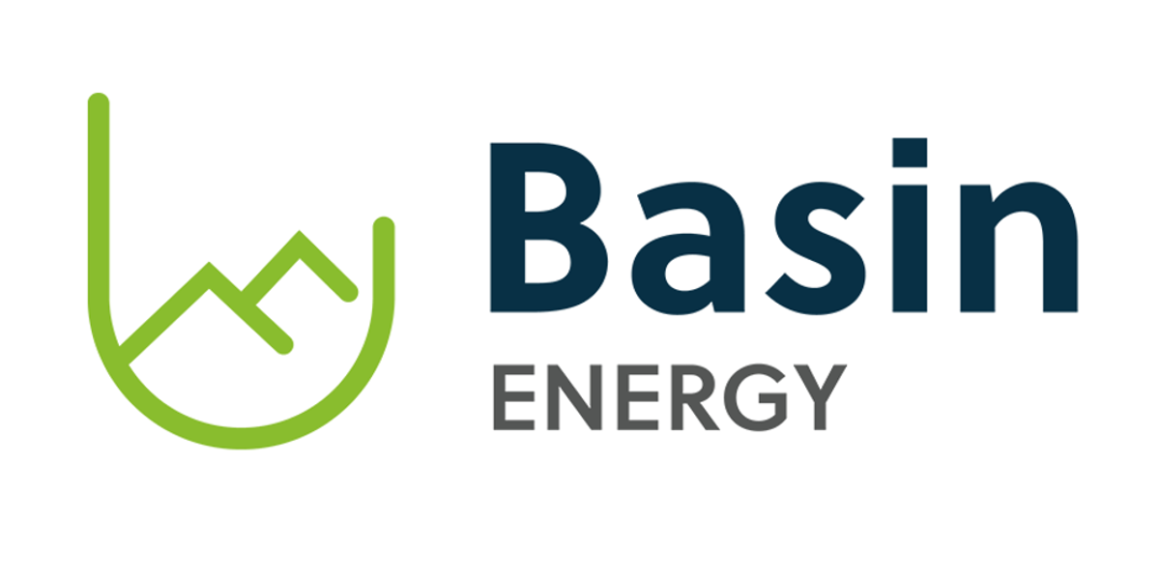Key Highlights
Basin’s Managing Director, Pete Moorhouse, commented:
“We have now completed ten drill holes over two drilling campaigns at the Preston Creek area of our Geikie Project. All six drillholes located in the southern part of the prospect have returned localised elevated radiometry with incredible structure and alteration.
Phase 2 drilling demonstrated that the gravity survey successfully delineated an area of extensive alteration at Preston Creek. The system encountered at Preston Creek compares remarkably well to other world class uranium deposits identified in the Athabasca Basin and this is extremely exciting. As you can see, we have demonstrated in the core photos shown in this news release how well Preston Creek compares. Our team is very optimistic that the style and scale of this alteration system is reminiscent of other high-grade uranium deposits in the Basin and is highly anticipating the next round of field work.
We will keep our shareholders and stakeholders informed on additional results, including relevant geochemical data and geological interpretations, along with the next exploration stages for the Geikie Project. We believe that with continued exploration, the Geikie Project holds immense promise for the future.
Finally, I want to express my gratitude to our dedicated team and contractors for their hard work and expertise throughout this drilling program. Their commitment to excellence has been instrumental in achieving these results.”
Basin’s Exploration Manager, Odile Maufrais, commented:
“The 2024 drilling program has clearly demonstrated that the Preston Creek area hosts a complex structure-related alteration system analogous to basement-hosted uranium deposits in the Athabasca or Thelon Basins. These results significantly upgrade the Preston Creek target area providing multiple compelling follow-up targets to continue testing the wide gravity low anomaly along strike.
We are still awaiting geochemical results which we believe will be critical to interpreting this system and allowing preparation to commence further drill testing.”
Five drill holes were completed at Preston Creek for 1,403 metres, which mostly focused on the southern portion of the prospect (Figure 2). The intensity and scale of the alteration and structure demonstrated by Phase 2 drilling shows all the key ingredients of high-grade uranium mineralisation reminiscent to basement uranium deposits (Figure 1).
Drilling has highlighted a wide quartz-rich fault zone showing cataclastic reactivation, intense hydrothermal fluid activity (redox-style alteration and pervasive clay alteration – Figures 3 and 4) and localised elevated radiometry. Critically, observations demonstrate that a previously identified gravity low is mapping a fluid system with over 1,500 metres of explorable strike length and 500 metres of width. This is now seen as a priority focus for Basin’s exploration program. Final geochemical data is expected over the next four weeks, allowing preparation to commence for further drill testing.


Leave a Reply